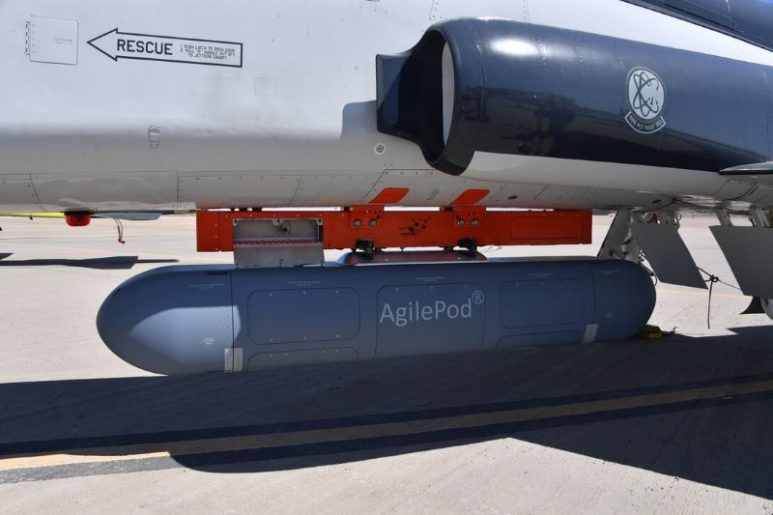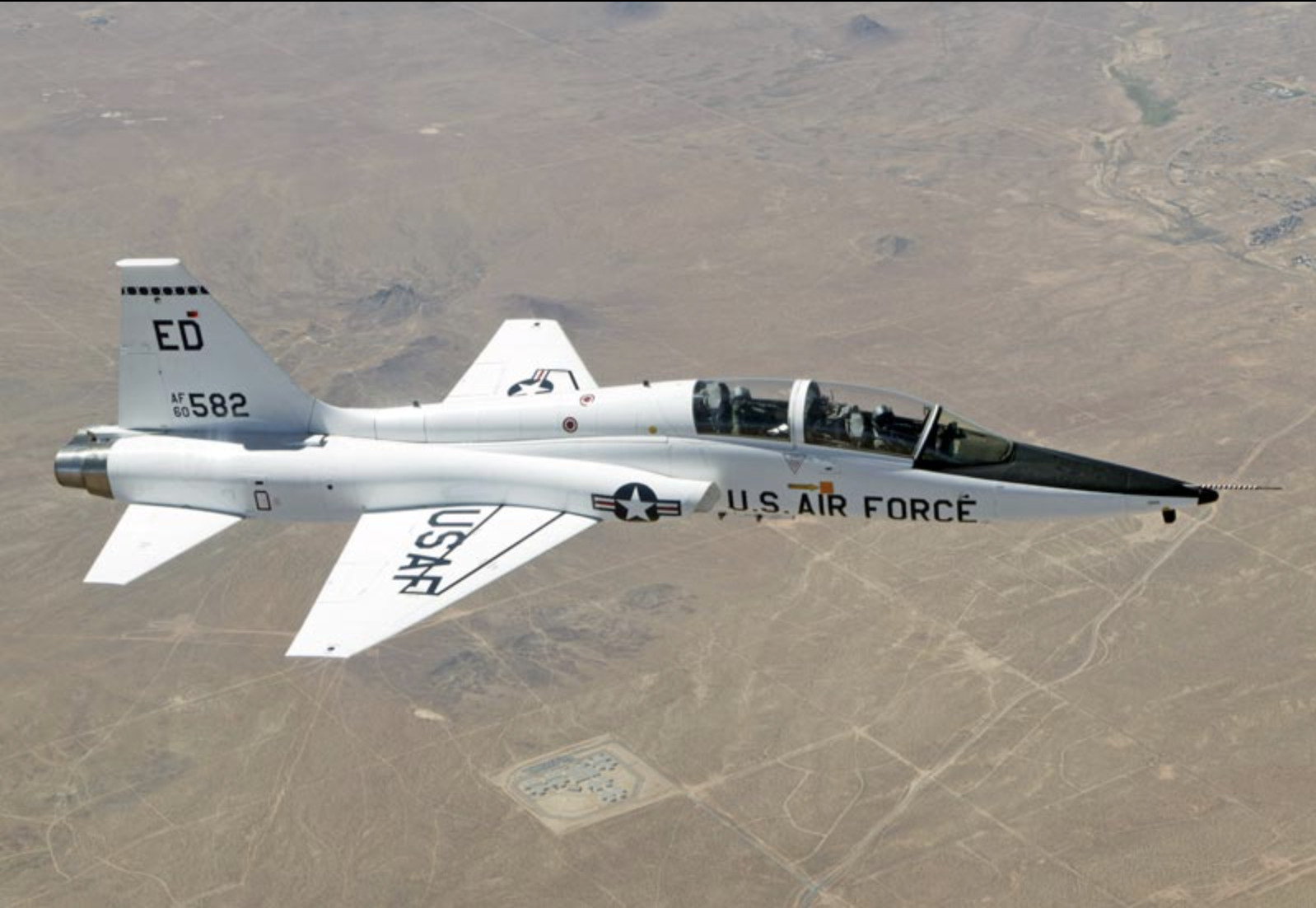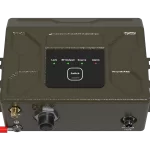The Air Force Research Laboratory’s complementary PNT AgilePod prototype aced its first high-dynamic flight tests in November 2021. It also achieved two other firsts: the first test of fully-remote interfacing and alt-PNT data transmission, and the first demonstration of overland/overwater transition performance.
The test consisted of eight sorties riding aboard (below) a T-38C , a two-seat, twinjet supersonic jet trainer.

The PNT AgilePod is a platform that helps develop advanced navigation technology independent of GPS. Air Force Maj. Andrew Cottle of the Strategic Development Planning and Experimentation (SDPE) office said the tests demonstrated the operational utility of a fused alt-PNT system incorporating multiple technologies within a single government-owned open-architecture prototype.
AgilePods are comprised of a series of compartments and can be configured to meet a wide variety of mission requirements for many aircraft platforms. Operators can fill the spaces with plug-and-play sensors needed for a mission: high-definition video, electro-optical and infrared sensors, radar and devices with other capabilities including PNT.
The AgilePod is based on an open hardware architecture construct. In the case of the complementary PNT prototype, it was combined with an open software architecture that permits a wide variety of alternative PNT technologies to integrate and pass information according to common standards.
“Our prototype’s open architecture and standards-based design is intended to streamline payload development and integration around common electrical, mechanical, and networking interfaces, removing the need for costly and permanent aircraft installation modifications,” Cottle said.
The November flights were the second series of tests for PNT AgilePod. The first were in April, aboard a lower-performance testbed aircraft designed to be a low-risk and low-impact stepping stone to the T-38C.
Cottle said the T-38C was chosen for the follow up test because it was more representative of the high-performance aircraft on which the technologies being developed with on PNT AgilePod will be used.
“We learned how the AgilePod could be integrated and operated on a representative high-performance military airframe,” Cottle added. “We encountered and overcame a range of challenges associated with computational, power, and electromagnetic environments that were very different from previous tests.”
“Secondly, we were able to demonstrate the best performance seen to date from our navigation system, and we were able to demonstrate enhanced handling procedures through remote operation and aircrew interfaces.
“Finally, we were able to demonstrate for the first time how our navigation output – composed of two complementary primary input systems – would respond to transitions between land and water terrain.”
This news story drawn from an account by Patrick Foose of the Air Force Strategic Development Planning and Experimentation office.





